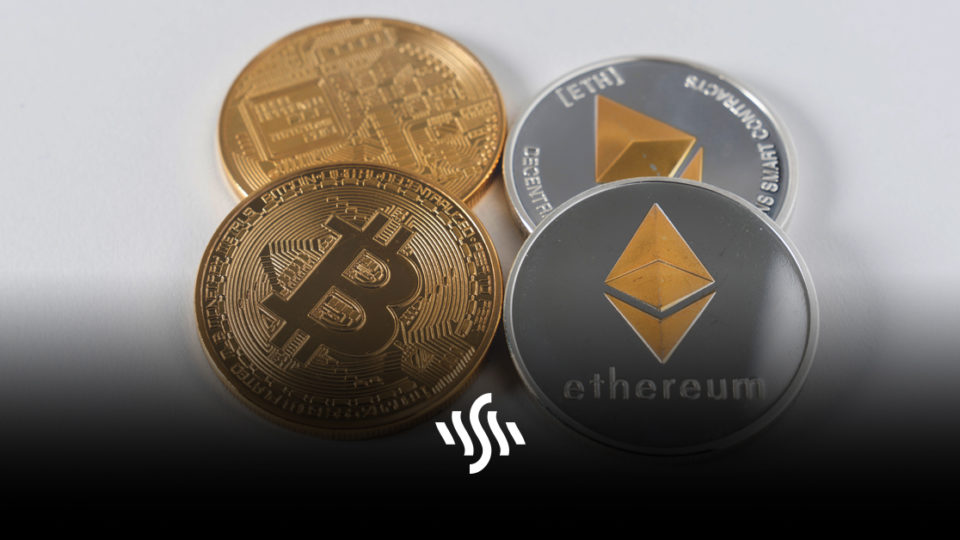NFT FAQs | What Is an NFT & How do They Work?
There has been a sudden explosion of digital art cryptocurrency, but what exactly is an NFT? We’ve broken down the basics for you right here!
The idea of people spending obscene amounts of money on collectibles is nothing new. From classic art to rare trading cards, price tags can enter into the hundreds of thousands. So, it isn’t too shocking that in this technological age, a similar phenomenon is taking place with digital art.
What is an NFT?
Non-Fungible Token. Never seen the word “fungible” before? Don’t worry, you’re not alone. Hint: it has nothing to do with mushrooms, and do not feel bad that that’s where your brain went first (totally not trying to make myself feel better).
Fungibility, in economics, is the property of a commodity or good where the unit is interchangeable. For example, the cryptocurrency Bitcoin is fungible. If you swap one bitcoin for another, you’ll have exactly the same thing you started with. So, an NFT is something that cannot be simply swapped. Think trading cards. You wouldn’t trade a common Squirtle for a super rare Pikachu Illustrator, and if you would, you’re a fool.
How do They Work?
Now we’ve got the basic principle, we should look at how NFTs work. You can really get lost down a rabbit hole with this, trust me, so we’ll keep it light. Most NFTs are part of the Ethereum blockchain, a cryptocurrency giant second only to Bitcoin. Ethereum’s blockchain supports the storage of extra information, which is what makes an NFT different to the regular coin you might think of.
An NFT can pretty much be anything digital. However, this doesn’t make everything valuable. As previously mentioned, it seems that digital art is the most popular form of NFTs. Recently, musician and artist Grimes sold a collection of digital artworks for almost $6m.
With these goods being digital, it’s fair to wonder what is stopping people from making infinite copies of the downloaded art. In reality, nothing is. The draw of the NFT is ownership of an original work – although copyright would still belong to the original rights holder in most cases. This can be likened to buying the original Starry Night by Van Gogh, or buying a print of it. But, in the case of digital art, a copy is just as good as the original.
So, what’s the point? From the perspective of a buyer, or collector, buying an NFT means you gain some usage rights, which is pretty cool. It also means that you’re supporting artists you love. With the absence of live music performances right now, and the return of gigs moving slowly, this digital revenue stream could really save a lot of artists. As a collector, you can buy an NFT and hope that over time its value will increase.
I know I said that we would keep it light, but NFTs can get pretty complicated and confusing. Whilst an NFT is a “unique” token in a blockchain, it doesn’t mean that there is only one of that NFT. Kings of Leon just released their latest album as an NFT, of course there’s going to multiples. An NFT also isn’t only available digitally. The album is being sold in physical formats too.
In the interest of not getting irreversibly, deeply lodged down the rabbit hole, we’ll leave it there. Hopefully now you have at least a basic understanding of the digital art cryptocurrency that is blowing up at the moment. Next time someone asks you, “what is an NFT?” you should have enough to get them up to speed!
If you feel like you want to create some digital art to fence as cryptocurrency, don’t forget to add music! If you want to sell your vlogs, use Synchedin and add background music to your videos. Sign up today and get free access to a huge library of royalty free music to stream. For just $4.99 per month you can download unlimited tracks, yours to use forever!
